Top 10 Best Camouflage
I am fascinated by animals that have evolved to hide in plain sight. Here are my favorite 10 examples that I've come across
in the wild, ordered by an arbitrary combination of camouflage effectiveness and general-purpose species coolness.
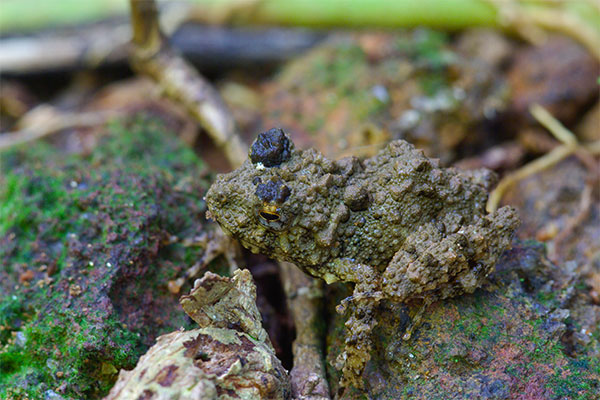
1. Malagasy Grainy Frog
Is it a frog, or is it a blob of mud? It is definitely a blob of mud. There is no question. Oh wait, it hopped!
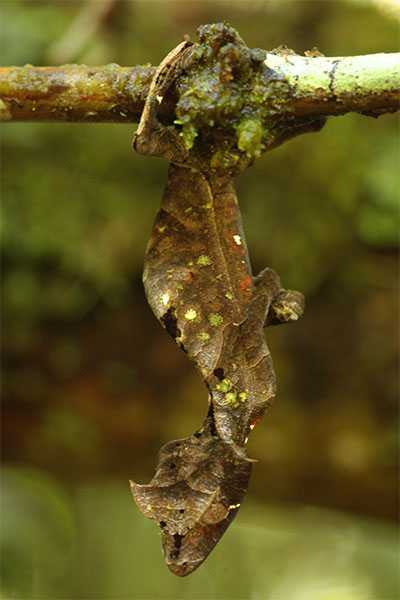
2. Fantastic Leaf-tailed Gecko
Is it a lizard, or is it a dead leaf? Look, it has veins and algae spots and little holes. It is definitely a leaf.
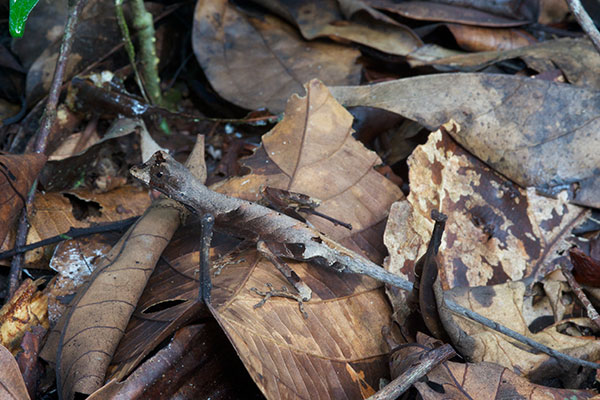
3. Blue-lipped Forest Anole
For number 3 we move from Madagascar down to South America. By the time I figured out whether this lizard looked more like
a twig or a rolled-up dead leaf, it ran away. Good strategy.
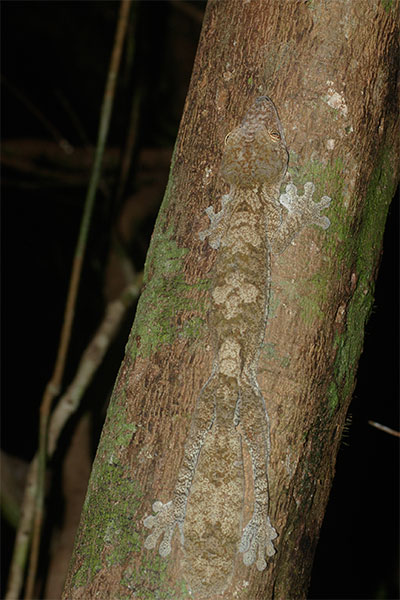
4. Common Leaf-tailed Gecko
And back to Madagascar we go. These large geckos not only have patterns that closely match the tree trunks on which they
flatten themselves when not out hunting, they also have fringes of skin around their outlines to better avoid casting a shadow.
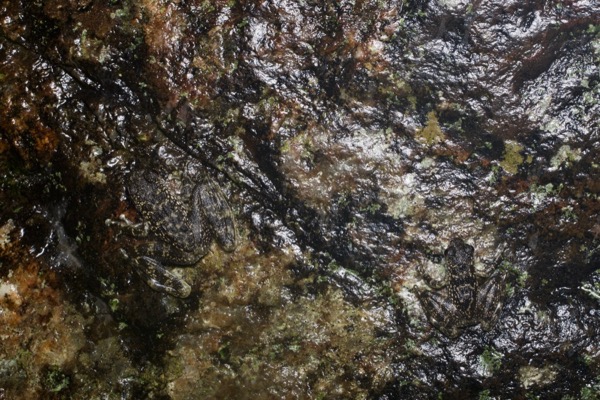
5. Rock Skipper
These stream-loving frogs cling to fully exposed areas of wet boulders,
confident that you will not notice them. And you probably won't.
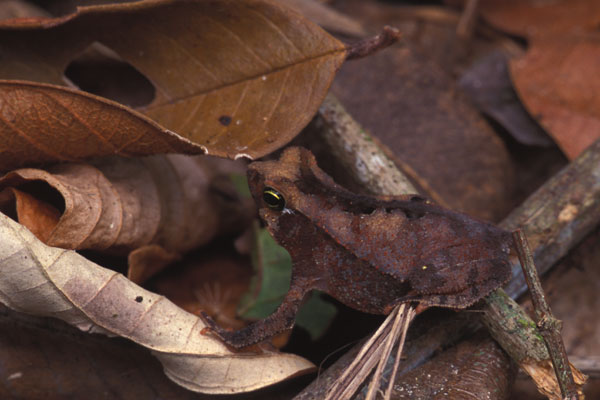
6. Forest Toad
Every time I look at this photo I have to stare for awhile to pick out the little toad. And that's with the benefit of knowing
where it is.
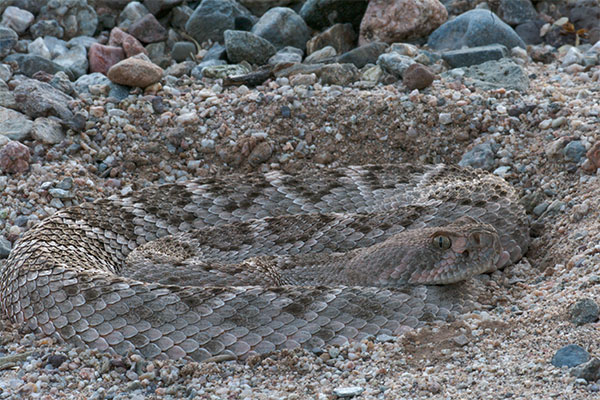
7. Western Diamond-backed Rattlesnake
When these rattlesnakes are out on the move, they can be quite conspicuous even if they don't shake their tails to alert you.
But when they are coiled on the desert floor, you'd better be looking where you step.
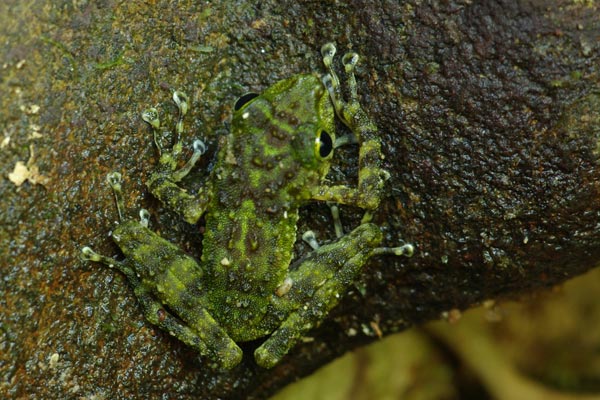
8. Webb's Madagascar Frog
This photo doesn't do justice to this frog's camouflage, because here the frog is on a not-particularly-mossy boulder.
But when it hopped onto one of the mossier boulders, it became invisible.
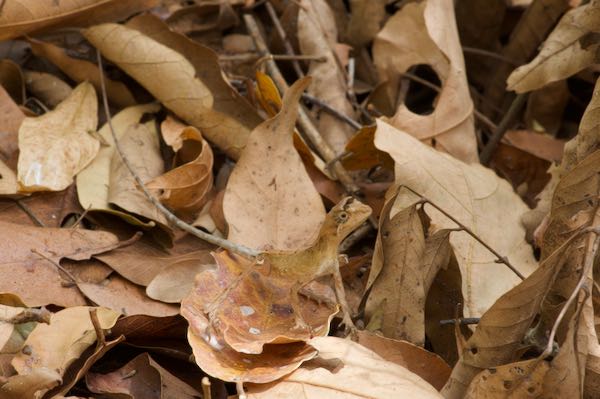
9. Black-spotted Kangaroo Lizard
These lizards are easy to find sleeping in plants at night, but by day they sit in the leaf litter and just mock you for even trying.
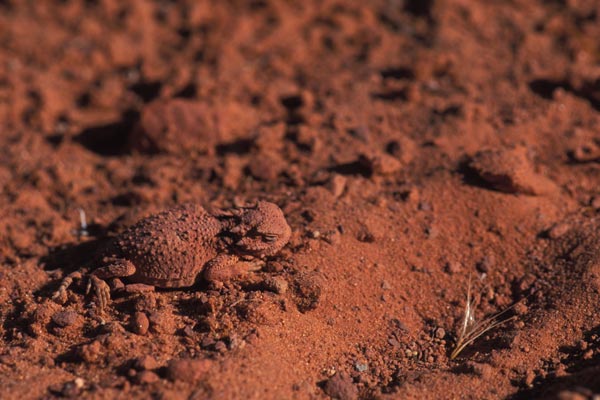
10. Desert Horned Lizard
Horned lizards often match the colors and textures of the local soil or sand. This is the most extreme example
of horned lizard color-matching that I've yet seen.